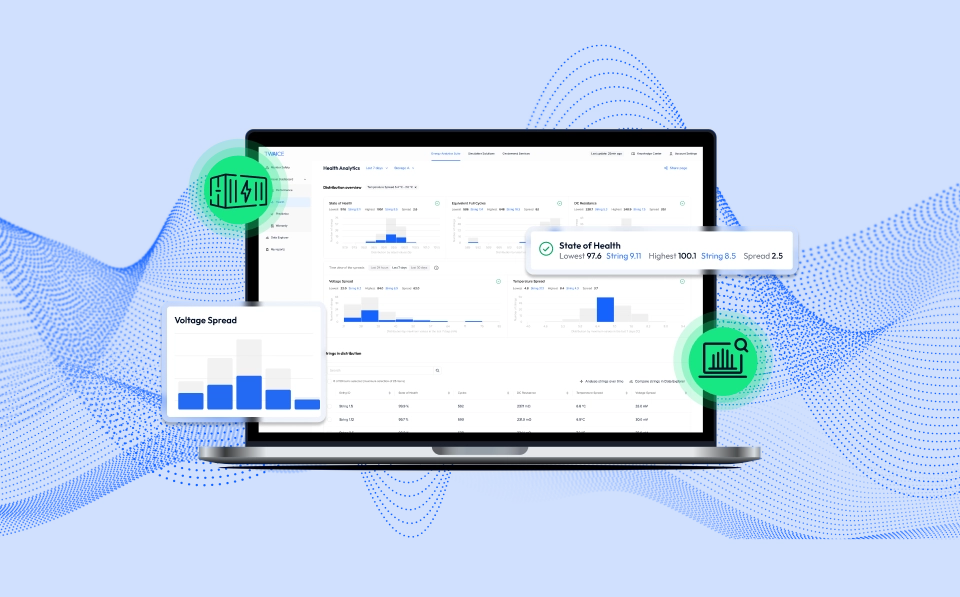This report is intended to address the failure mode analysis gap by developing a classification system that is practical for both technical and non-technical stakeholders.

This report is intended to address the failure mode analysis gap by developing a classification system that is practical for both technical and non-technical stakeholders.

There is currently no public resource that categorizes BESS incidents by cause of failure. The joint report from EPRI, PNNL & TWAICE fills this gap by analyzing aggregated failure data. Understanding how and why BESS fail is a major priority to the energy industry. Learning from failure incidents will improve prevention and mitigation measures. The report classifies failure events and provides recommendations for future development.

Sign up for the next live group demo and learn how TWAICE can transform your BESS operations. In just 30 minutes, you’ll get a demo of key features and use cases, and engage with our product experts for a live Q&A.